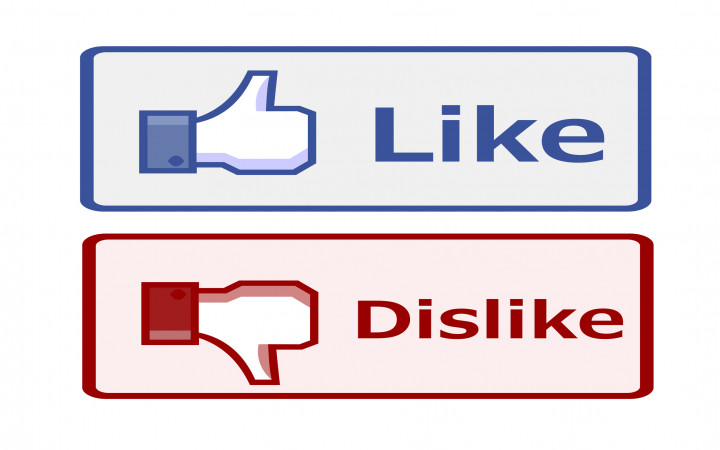Today’s Wonder of the Day was inspired by Lilly. Lilly Wonders, “What is bias, and why do people have it?” Thanks for WONDERing with us, Lilly!
Imagine you’ve entered a project in your school’s science fair. The grand prize? It’s a big trophy—the tallest one you’ve ever seen! You worked hard for weeks on your project. Finally, on the day of the science fair, you’re awarded second place.
That’s great! Sure, the trophy for second place is smaller, but it’s nice to have your hard work recognized. You congratulate the first-place winner and are ready to head home.
But wait! You hear that the science fair judge was the parent of the kid who won first place. That doesn’t sound right, does it? How could that judge be expected to choose a winner fairly? Surely they had a bias in favor of their own child!
Bias is the tendency to believe that some people, ideas, or things are better than others. It’s important to remember that everyone has biases. That’s why it’s necessary to be aware of your own biases. You need to know when they might influence a decision. Otherwise, bias can lead people to treat others unfairly.
Where does bias come from? In most cases, biases form because of the human brain’s tendency to categorize new people and new information. To learn quickly, the brain connects new people or ideas to past experiences. Once the new thing has been put into a category, the brain responds to it the same way it does to other things in that category.
Here’s an example. Have you ever eaten a vegetable you didn’t like? Many people have! Was it broccoli? Cauliflower? Maybe peas? Whatever it was, your brain remembers that it was a vegetable and that you didn’t like it.
So, what happens when a family member puts a new vegetable on your plate? Whether it’s asparagus, bell pepper, or carrots, your brain puts it in its vegetable category. And your brain remembers that you didn’t like that other vegetable. It will tell you to be wary of this one, too. The bias you’ve formed will make you less excited to try it—just because it’s a vegetable!
Brains do the same thing with people. They can categorize people in all sorts of ways—by race, gender, orientation, age, nationality, hair color, anything! This is how people form stereotypes. The brain puts people with similar traits in the same category. Then, it tries to tell you that everyone in that category must be the same.
You probably already know stereotypes can be dangerous. They can cause people to have unfair biases against people who are different from them. They can also make people less likely to seek out new experiences or listen to new ideas.
If you watched the video in today’s image and video gallery, you heard testimony from World War II veteran Leon Bass. He shared his experience dealing with bias and discrimination as a Black college student after the war. Bass became the first person in his family to go to college. However, he was denied the right to live in the school’s dormitory due to discrimination based on the color of his skin. The racism Bass faced is just one example of how bias can lead to unfair laws and the mistreatment of people.
Biases aren’t always obvious. Most people have implicit biases. These are unconscious attitudes that influence their feelings and actions. Becoming aware of implicit biases is difficult. But it’s an important step toward treating others fairly.
Remember, everyone has biases—you, your friends, and even your family members! They’re formed by normal brain functions. That’s why all people should work to understand their own biases. Don’t let biases influence you to treat others unfairly.
Standards: NGSS.LS1.D, CCRA.L.3, CCRA.L.6, CCRA.R.4, CCRA.R.1, CCRA.R.2, CCRA.SL.1, CCRA.SL.2, CCRA.R.10, CCRA.W.3, CCRA.L.1, CCRA.L.2, CCRA.W.4




